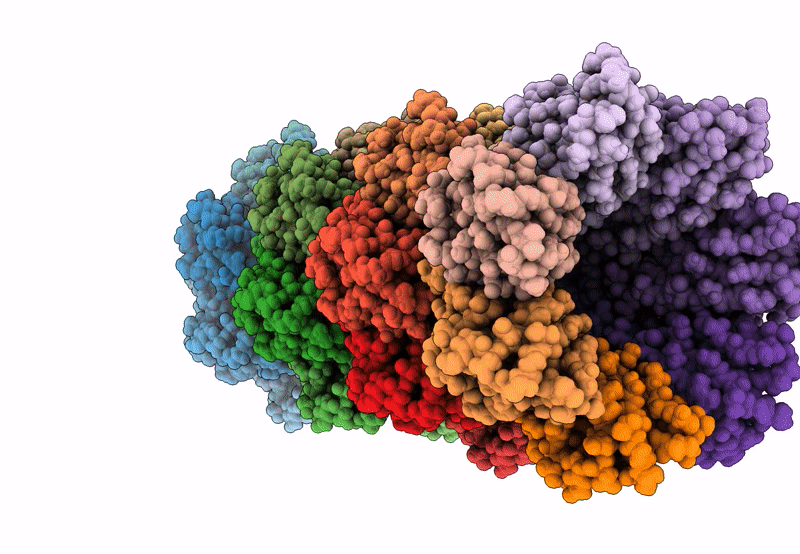
Deposition Date
2023-06-13
Release Date
2023-11-08
Last Version Date
2025-09-10
Entry Detail
Biological Source:
Source Organism:
Bacillus paranthracis (Taxon ID: 2026186)
Host Organism:
Method Details:
Experimental Method:
Resolution:
3.32 Å
Aggregation State:
FILAMENT
Reconstruction Method:
HELICAL


